Last updated on September 22, 2022
India packs an incredible punch not only with the spices used in the local cuisine, but also in the diverse landscape, and colorful festivals! This large country is varied depending on the regions you visit and thus lends itself to being intensely fascinating. Read on for some amazing facts about India.
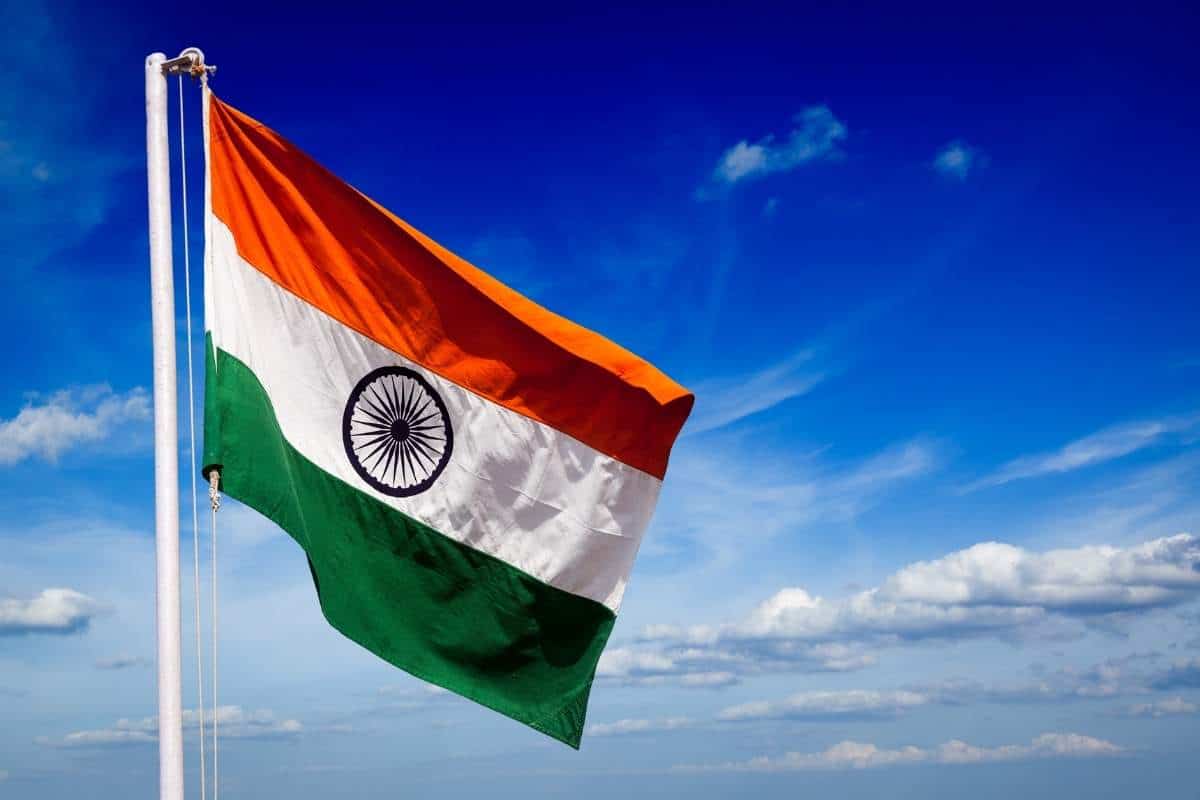
Are you an expert on India? Then go ahead and test your knowledge with our quiz about Paris, or if you’re not quite ready for that, read on to learn some facts we bet you didn’t know.
Amazing Facts About India
Geography
~ India shares land borders with Pakistan, China, Afghanistan, Nepal, Bhutan, Bangladesh, and Myanmar, and a maritime border with Sri Lanka. Additionally, to the west lies the Arabian Sea, to the east the Bay of Bengal, and to the south the Indian Ocean.
~ The capital city of India is New Delhi. New Delhi is situated in the north-central part of the country on the west bank of the Yamuna River.
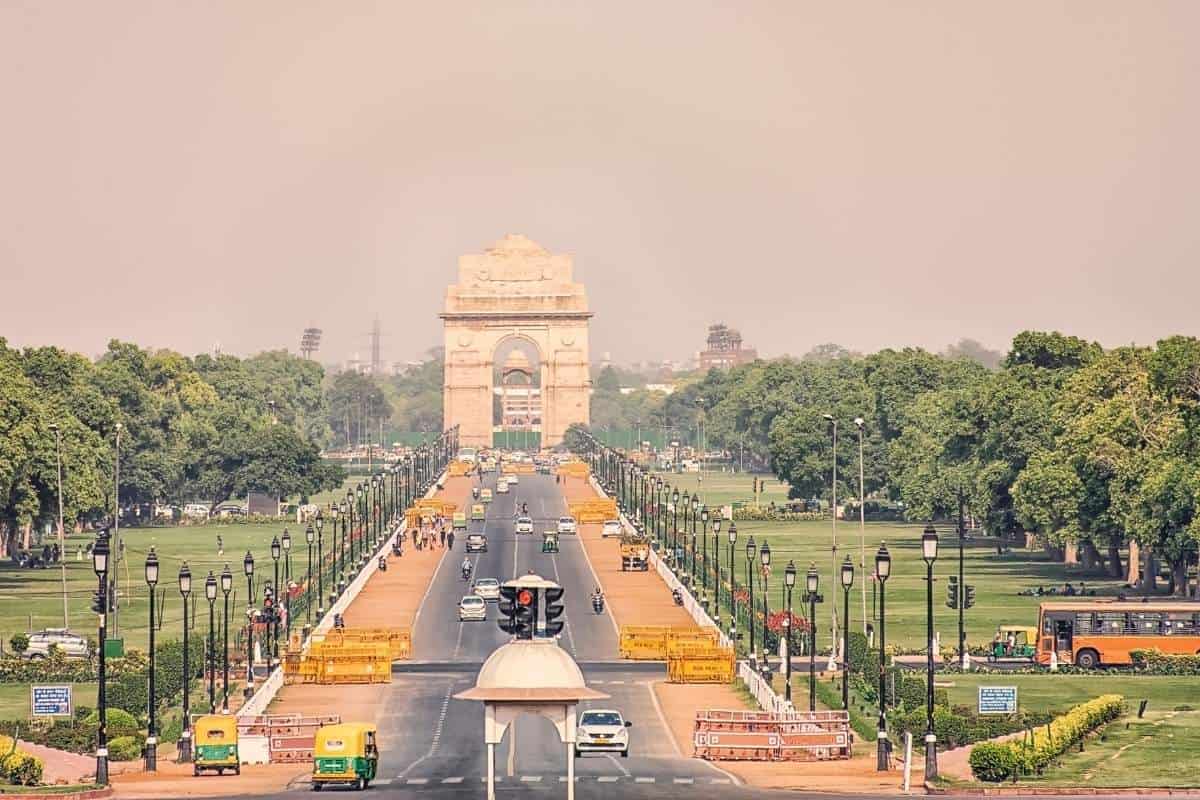
~ The world’s biggest mountain range, the Himalayas, runs through northern India. The Himalayas have an astounding 9 out of 10 of the world’s highest peaks!
~ With such peaks, it makes sense that India has the world’s highest altitude road! Located to the east of the Ladakh region of Jammu, the treacherous Umling La Pass sits at 5.882m (19,300ft) above sea level.
~ India’s road network is the world’s second-largest with 4,865,000 km of roads constructed.
People and Languages
~ India is the second largest English-speaking country in the world.
~ India may be the second largest English-speaking country, but it also has 23 official languages.
~ Another interesting fact about India is that the country does not have just one national language. While Hindi is the most widely spoken and the language of the central government in India, no language is more official than others.
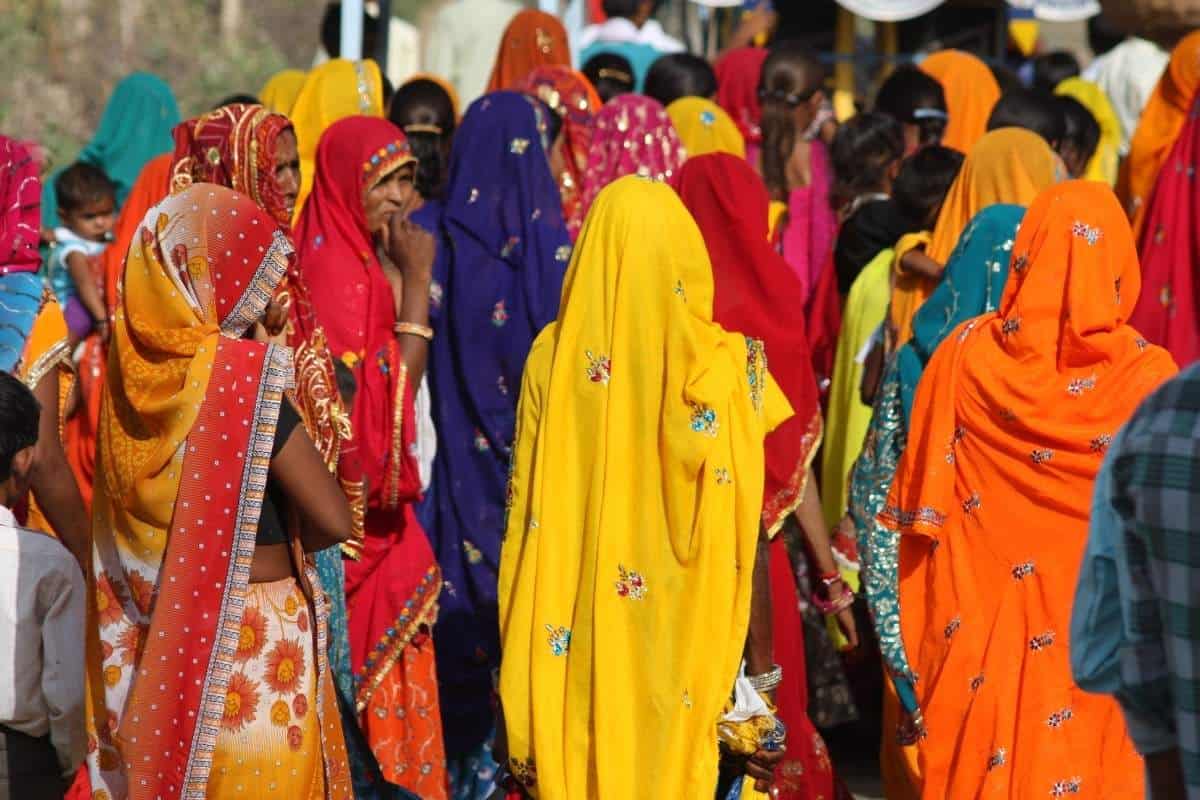
~ With over 1.3 billion people living in the country, India has the second highest population in the world, only proceeded by China.
~ This is one of the more unique and amazing facts about India: India has the largest family in the world! The world’s biggest family is recorded as Christian sect leader Mr. Ziona Chana who has 39 wives, 94 children, and 33 grandchildren. The whole family lives together in a single house.
~ Indira Gandhi was the first and only woman Prime Minister of India. She served for three consecutive terms but was sadly assassinated in 1984.
Biodiversity
~ India is one of 17 mega-biodiverse countries in the world. With only 2.4% of the earth’s land area, it accounts for nearly 8% of the world’s recorded species.
~ India is rich with varying landscapes including deserts, wetlands, forests, and coasts. This diversity gives shelter to many species of animals. To protect and showcase this, India is home to 104 national parks and 553 wildlife sanctuaries.
~ The Bengal tiger is the national animal of India. The Bengal tiger is an endangered species, however, due to conservation efforts, the number of tigers in India is finally increasing.
~ India is the world’s only country to contain both lions and tigers.
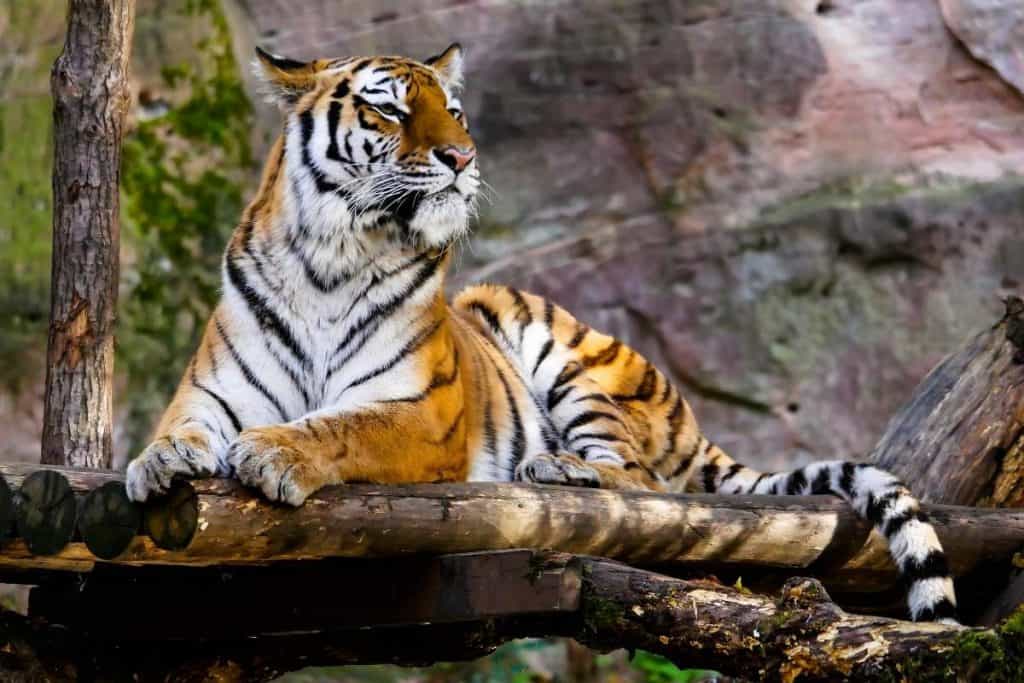
~ India has more than 70% of the tiger population, with 50 tiger reserves and more than 3,000 tigers. Corbett Tiger Reserve has the largest population of Bengal tigers for visitors hoping to catch a glimpse of one, followed closely by Bandipur National Park in Karnataka.
~ The Kashmir stag or hangul is a sub-species of the European red deer and is only found in India. Their numbers have significantly dwindled since the 1900s, and besides human habitation, the biggest conservation challenge for the hangul is dogs!
~ The elusive Nilgiri tahr is a goat that lives at an altitude of about 6,500 feet. It is the only mountain ungulate in India and the best place to spot one is in Eravikulam National Park in Kerala which has the largest population in the world.
~ You can find a freshwater dolphin in the freshwater rivers in India. The Ganges river dolphin is an endangered species that was once plentiful in Rivers Ganga and Brahmaputra. As the freshwater flow has decreased, the numbers have reduced considerably.
~ The Ganges river dolphin is also notable for being the national aquatic animal of India.
~ One of the rarest flowers in the world, the Neelakurinji blooms just once every 12 years in India’s southwestern state of Kerala.
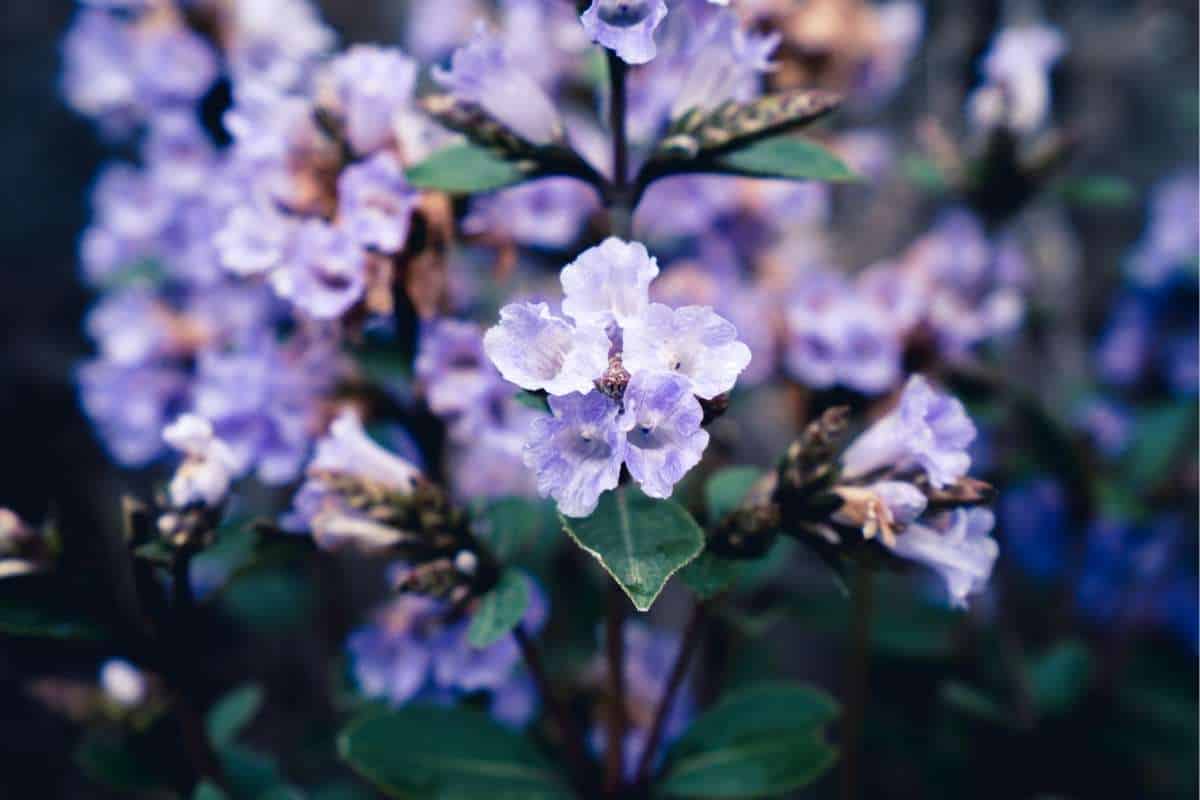
~ Tulsi or Holy basil is native to the Indian subcontinent and is a flowering plant of the mint family. It is a sacred plant in the Hindu religion because of its connection to Vishnu.
~ India’s varied climate zones support about 65,000 animal species, including elephants, pythons, river dolphins, and rhinos, and 12,000 types of flowering plants.
~ One of the largest tourist attractions in India is Dal Lake, situated in Kashmir. One of the most unique things to see is the floating vegetable market – all the items sold here are produced in the floating gardens situated in the same lake.
History
~ India’s earliest known civilization arose about 5,000 years ago on the Indus River in what is now Pakistan.
~ The Aryan people were farmers from Central Asia who arrived in India around 1500 B.C. They spoke Sanskrit, one of the oldest known languages. The Vedic Scriptures, writings that form the basis of the Hindu religion, were written during the Aryan reign.
~ Beginning in the 16th century, following a series of invasions by Muslim forces, a Mongol leader named Babur founded the Mongol Empire. The Mongols oversaw a golden age of art, literature, and architecture in India between 1527 and 1707. They built roads, mosques, gardens, and enormous tombs, including the grand Taj Mahal.
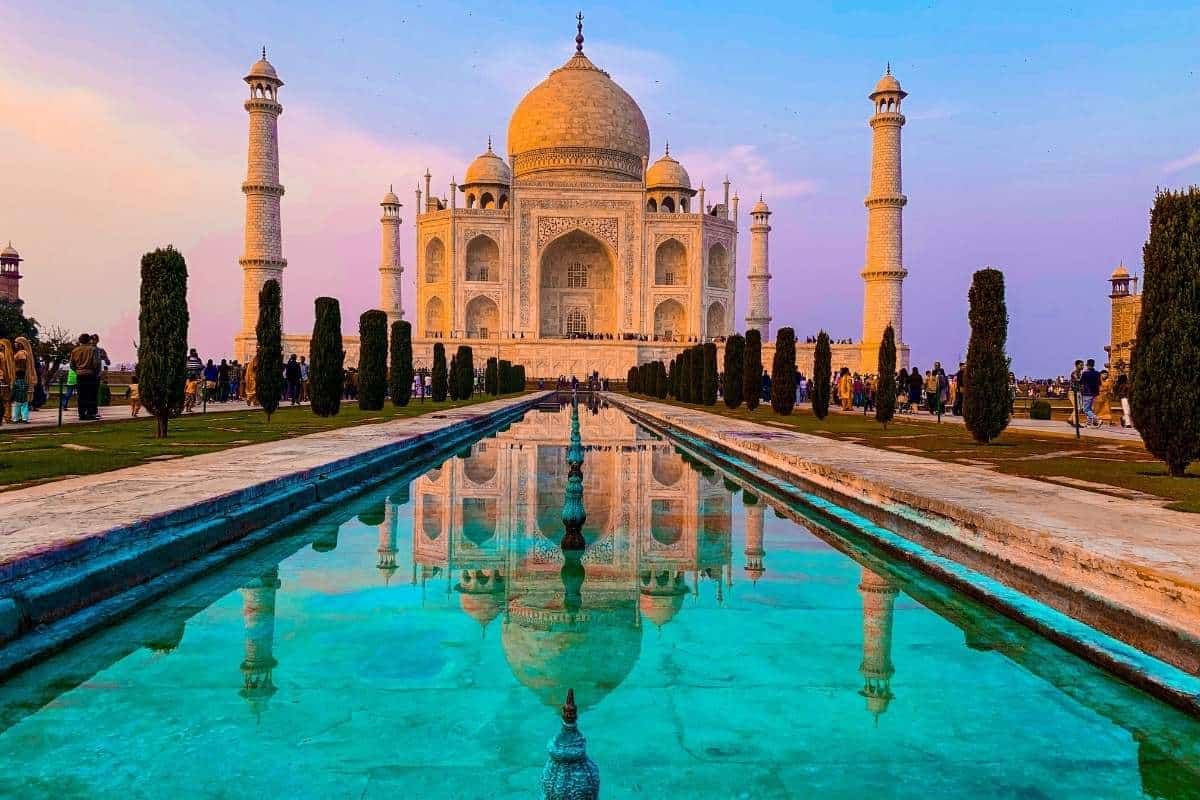
~ The Taj Mahal was built to honor the wife of Mongol Emperor, Shah Jahan. Shah Jahan had many wives, which are also buried in the same complex, but the Taj Mahal was built (at a cost of roughly $1 billion by today’s standards!) for Mumtaz, his favorite wife, who died during childbirth.
~ The Taj Mahal is one of the new seven wonders of the world as of 2007! And it was recognized as a UNESCO World Heritage Site in 1983.
~ In the late 1400s, Europeans arrived in India and began setting up trading companies. In 1757, Britain gained control over most of the country. Uprisings against British rule began in 1856.
~ One of the most famous figures opposed to British rule, Mahatma Gandhi, began nonviolent protests to push the British out in the 1920s. In an effort to end India’s religious strife, he resorted to fasts and visits to the troubled areas. It was during a vigil in New Delhi that he was fatally shot.
~ India gained independence from British rule in 1947.
~ Bailey bridge between the Suru River and Dras River in Ladakh, India is the highest bridge in the world at an altitude of 5,602 meters (18,379 ft) above sea level. It was built in 1982 by the Indian Army.
Culture and Religion
~ As a major religious hub, the holy city of Varanasi in the Indian state of Uttar Pradesh has 23,000 temples.
~ Not only is Varanasi regarded as the spiritual capital of India, it is also one of the oldest cities in the world, dating back to 11 BC.
~ At nearly 80% of the population, Hinduism is the world’s oldest religion and is the most popular religion in India.
~ The Hindu festival Holi is also known as the festival of colors and is celebrated with the throwing of colored powder and water balloons to signify the beginning of Spring.
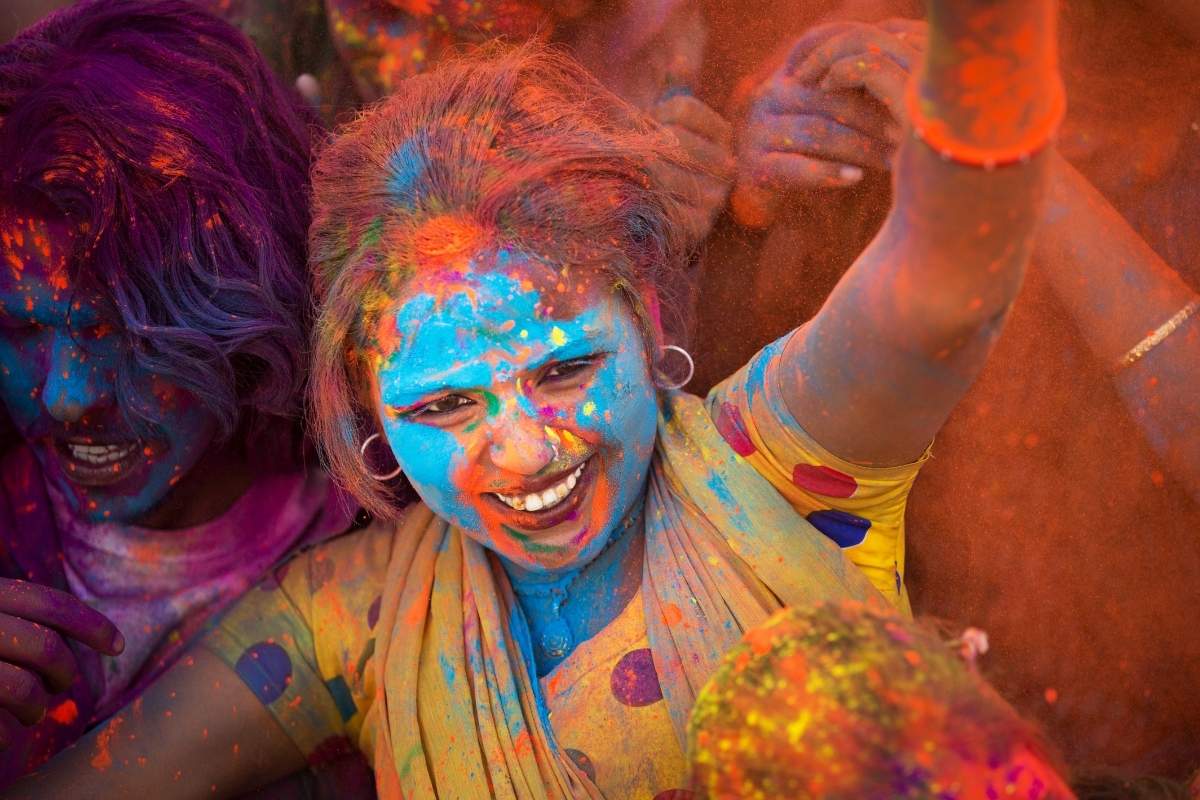
~ Making up about 18% of the population, the second largest religious following in India is Muslim. It is estimated that by 2050, India will have the world’s largest population of both Hindus and Muslims.
~ The Karni Mata Temple in Rajasthan is dedicated solely to rats. You can find thousands of rodents milling around the temple at all times.
~ Two popular board games – chess and snakes and ladders – both originated in India.
~ The town of Jaipur, India is home to the world’s largest sundial, standing at 27 meters (90 feet) tall! The sundial’s shadow moves 6 centimeters per minute.
~ India has a cattle preservation law. This stems from Hinduism, where there is a belief that the cow is representative of divine and natural beneficence and should therefore be protected and venerated.
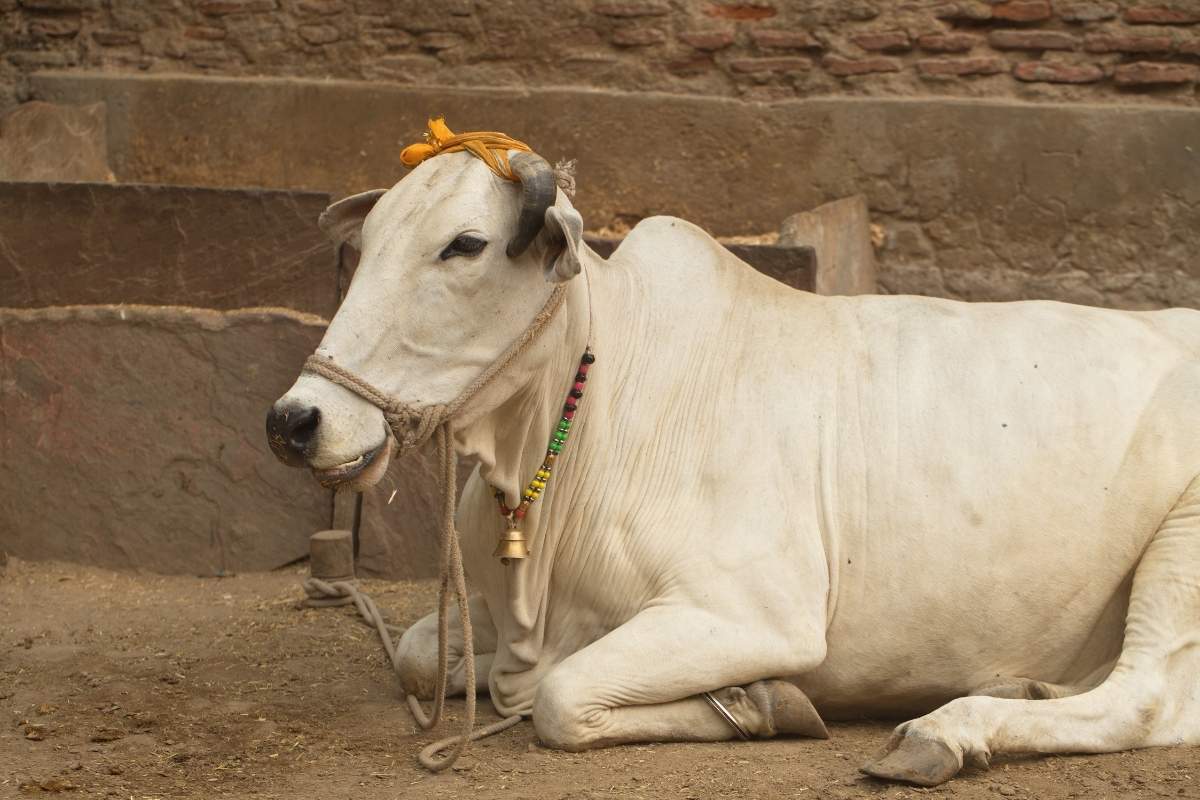
~ In Varanasi, India when the rains have been delayed, frogs are married to each other to please the rain gods.
~ The Hindu calendar has 6 seasons.
~ In rural Bihar, India, Nalanda, is known as the first university in India and one of the world’s most ancient universities. The ruins of Nalanda date back to the 5th century CE.
~ Calculus, trigonometry, and algebra originated in India.
~ With over 14% of India’s population identifying as Muslim, India has over 300,000 mosques! In fact, India is where you can find the largest number of mosques in the world. This outnumbers any other country in the world, even the Muslim countries.
~ The Kumbh Mela festival in India is a popular pilgrimage in the Hindu religion that occurs once every 12 years in Northern India. To comprehend just how large a Kumbh Mela crowd is, in 2011 the gathering of people reached over 75 million pilgrims and was so large that the crowd was visible from space.
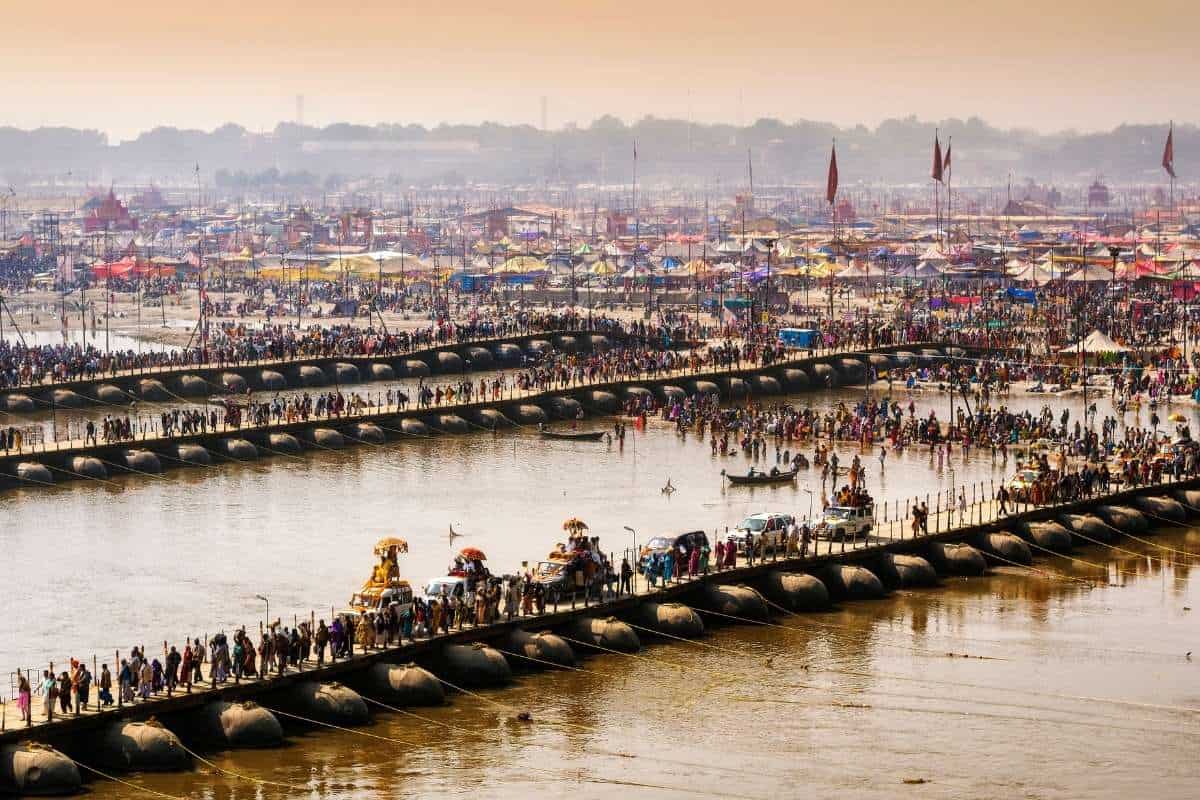
~ Kumbh Mela takes place at four river bank pilgrimage sites, where people take a ritual dip in the waters. It is believed that bathing in the river at these sites is a way to atone for past mistakes and cleanse yourself of them.
~ The Golden Temple is the holiest site in Sikhism and has devotees and tourists flocking to the shrine every day. The sheer volume of people visiting the site has earned it the accolade of the ‘most visited place in the world’.
~ The Chail Cricket Ground in Chail, Himachal Pradesh is the highest cricket ground in the world. It is part of the famous Chail Military School built in the 19th century and sits at an altitude of 2,444 metres.
~ The Golden Temple of Amritsar feeds up to 100,000 people – regardless of race, religion, or class – for free, every single day.
Weather
~ India is the wettest inhabited place on earth. Specifically, Mawsynram, located in the Meghalaya State in India, is the wettest place on earth. It receives an annual rainfall of 11,871 millimeters which has earned the village the world record title for the wettest place in the world.
~ Average temperatures in India during Summer are around 32 to 40 °C ( 90 to 104 °F ).
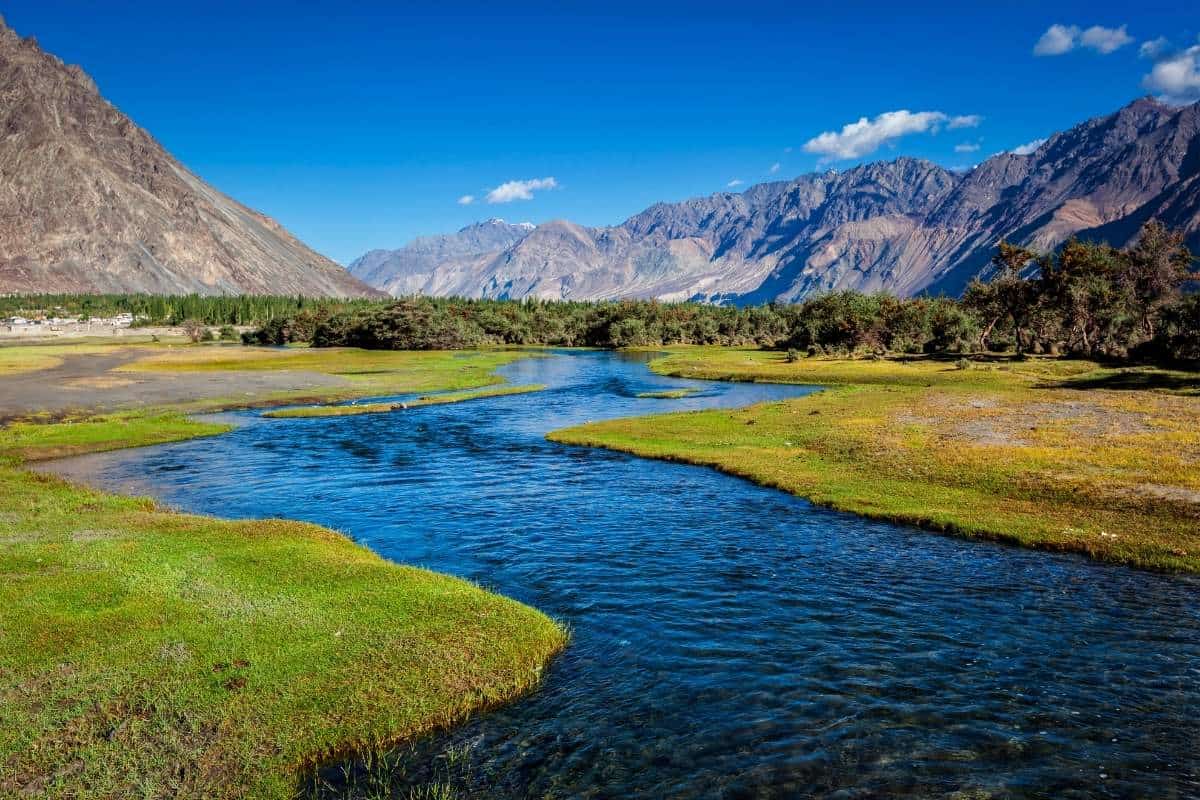
~ India is known for its monsoon season! There are two types found in the country, the southwest monsoon, and the northeast monsoon which roughly lasts 6 months from June to October.
~ India has a diverse number of climatic regions. The large country has a tropical climate in the south and a temperate and alpine in the north Himalayan regions. The elevated Himalayan regions even receive snowfall in the winter months.
Food and Drink
~ 38% of the total population of India is vegetarian. This is the highest percentage of vegetarians in the world!
~ Even with the highest percentage of vegetarians in the world, some Indian dishes do utilize meat. The majority of meats consumed in India are fish, cow, goat, and poultry.
~ Tea is the national beverage of India.
~ The Khari Baoli market in Delhi, India is Asia’s largest spice market and has been in operation since the 17th century.
~ India is the spice capital of the world! About 70% of the world’s spices come from India. Of those, black pepper is considered the “king” spice, dating back as early as 2,000 B.C.E. In ancient times black pepper was highly prized, almost regarded as black gold. Black pepper is indigenous to a province in South India.
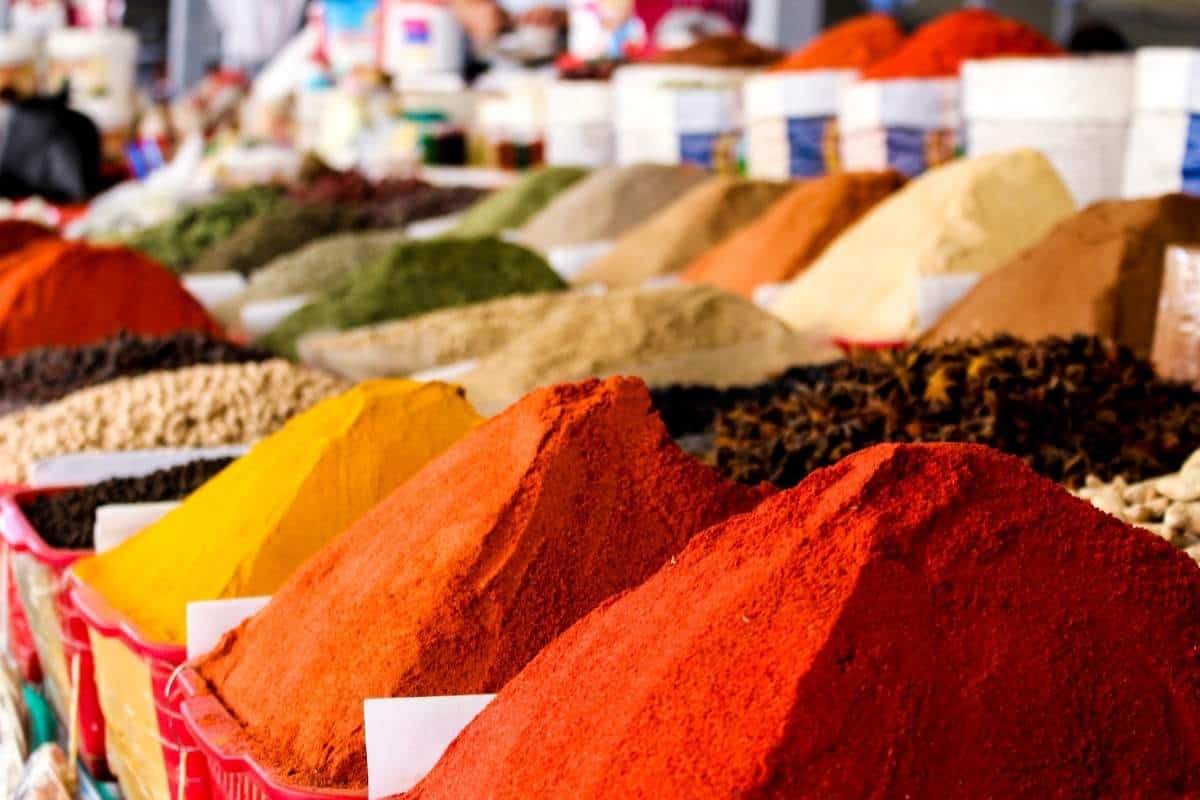
~ Different regions in India have their own signature dishes. Indian food is an essential part of their culture and utilizes native ingredients and techniques.
~ Utilizing fresh ingredients and intense flavors, Indian food has become one of the most widespread cuisines in the world.
~ India is the world’s largest producer of cow’s milk.
~ India has one intense sweet tooth! There are over 200 Indian desserts. Desserts and sweets are often called mithais and form a wide variety of offerings throughout the country. The most traditional desserts are made with fruit and honey.
~ Mithais are an important part of Indian cuisine and celebrations. Payasam, one of the favorite sweet dishes of South India, is a must-serve at important ceremonies like weddings. According to South Indian tradition, a wedding is not over until Payasam is served.
~ Not all Indian dishes are spicy! Northern Indian cuisine uses more milk products than that of southern India, the dairy cooling off the heat, making dishes from that region less spicy.
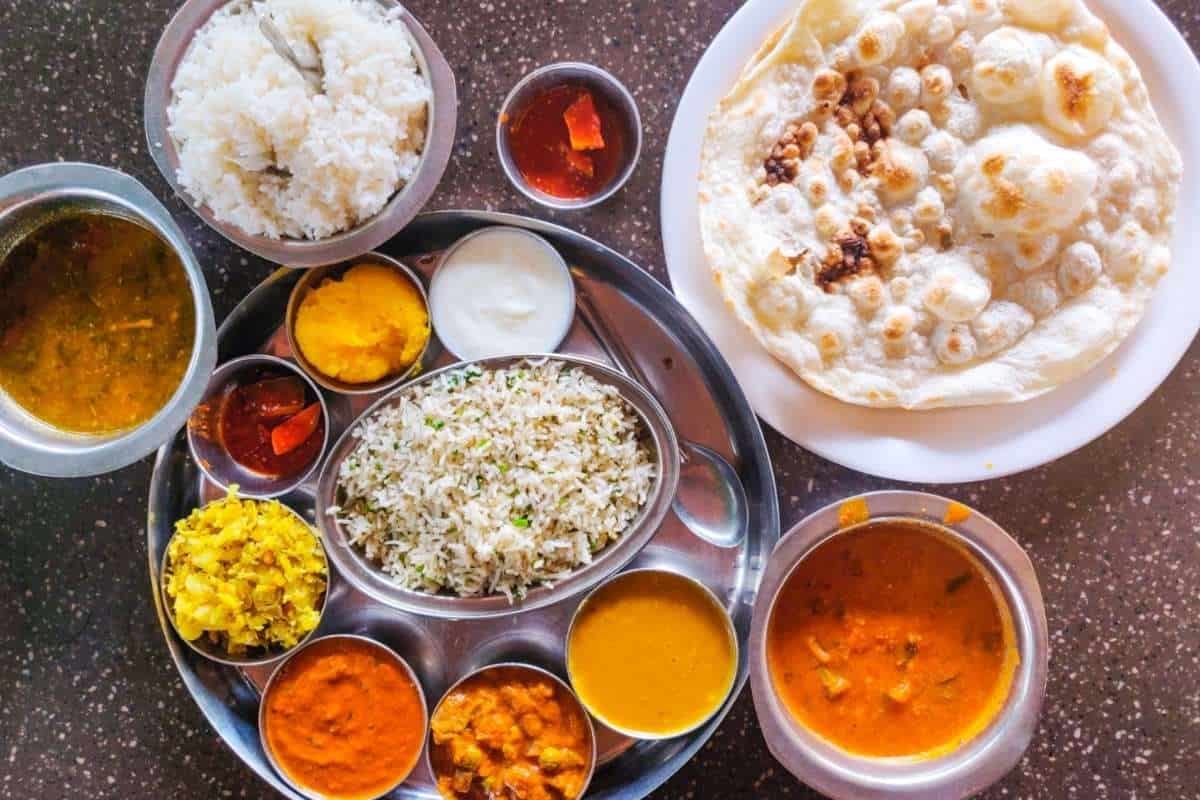
~ Now here’s a doozy fact: the very popular Indian dish, chicken tikka masala, is actually not Indian in it’s roots. It was invented in Glasgow, Scotland!
~ The Ayurveda Indian food system classifies food into three categories – Saatvic (fresh vegetables and juice), Raajsic (oily and spicy food) and Taamsic (Meat and liquor).
- Saatvic food – leads you to higher states of consciousness.
- Raajsic food – is the foundation of activity and motion.
- Taamsic food – brings out negative feelings.
~ Having been part of global trade routes for thousands of years, India has naturally had plenty of exposure to cuisines from around the world. Indian food has been influenced by all sorts of cuisines – from Persian, Portuguese, and Central Asian to Arab and Mediterranean.
~ India is home to one of the world’s hottest chilies – bhut jolokia or ghost pepper – which is estimated to be about 400 times hotter than Tabasco sauce.
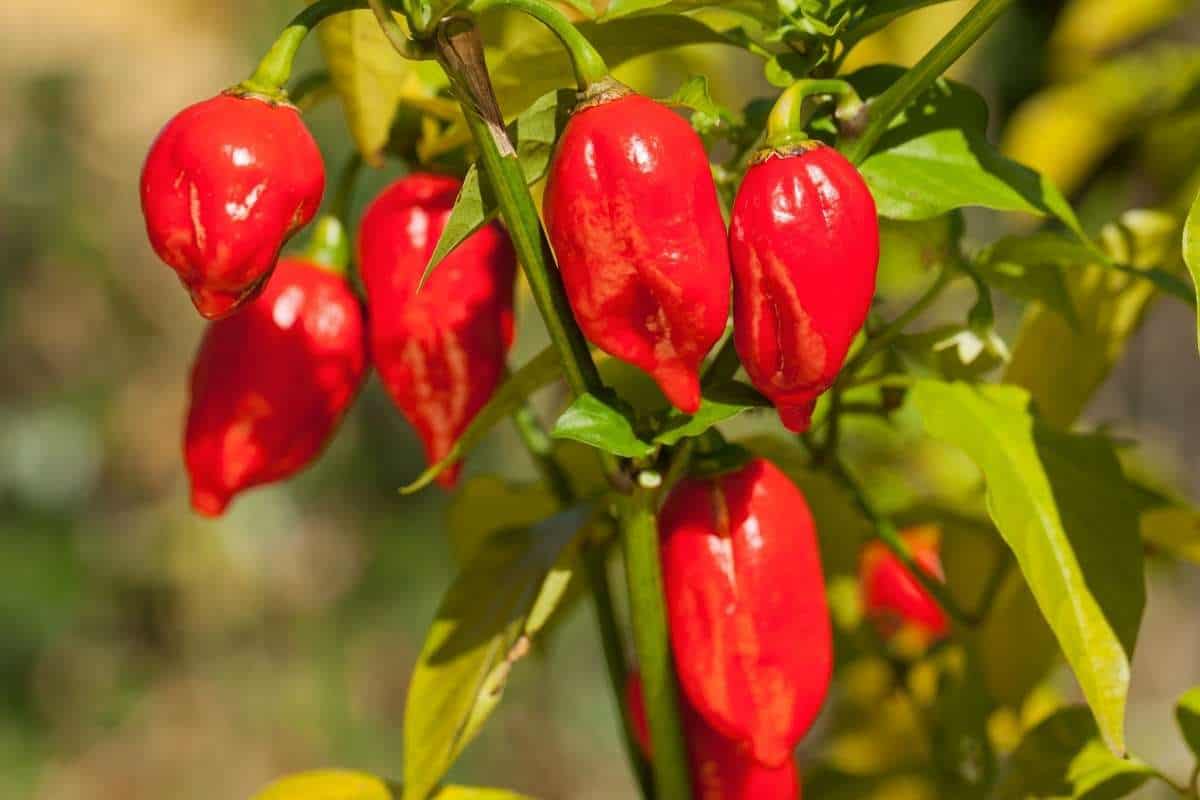
~ Indians have been cultivating and consuming the same categories of grains and legumes for thousands of years. Present-day staple foods such as lentils, whole-wheat flour, rice, and pearl millet are found to have been part of the Indian diet from around 6,000 B.C.E.
~ For example, many staple ingredients of modern Indian cooking including tomatoes, potatoes, and chilies, were introduced to Indian cuisine in the 15th and 16th centuries by Portuguese traders.
~ The delectable candy treats have roots in India! It was in India that the crystallization of sugar from sugarcane juice first began – becoming a widespread practice by the 5th century C.E. It was then locally known as khanda, which is the source of the English word candy.
Fun Facts About India
~ Bollywood is the world’s largest producer of films, surpassing Nollywood (Nigerian Cinema) and even Hollywood. Around 1,600 to 1,800 films are typically produced in India every year in various languages.
~ The first ever rocket launched from India was so light and small that it was transported on a bicycle to the launching station.
~ India has the largest postal system in the world with more than 150,000 places you can find a post office. Additionally, India has the world’s only floating post office which is located on Dal Lake in Srinagar.
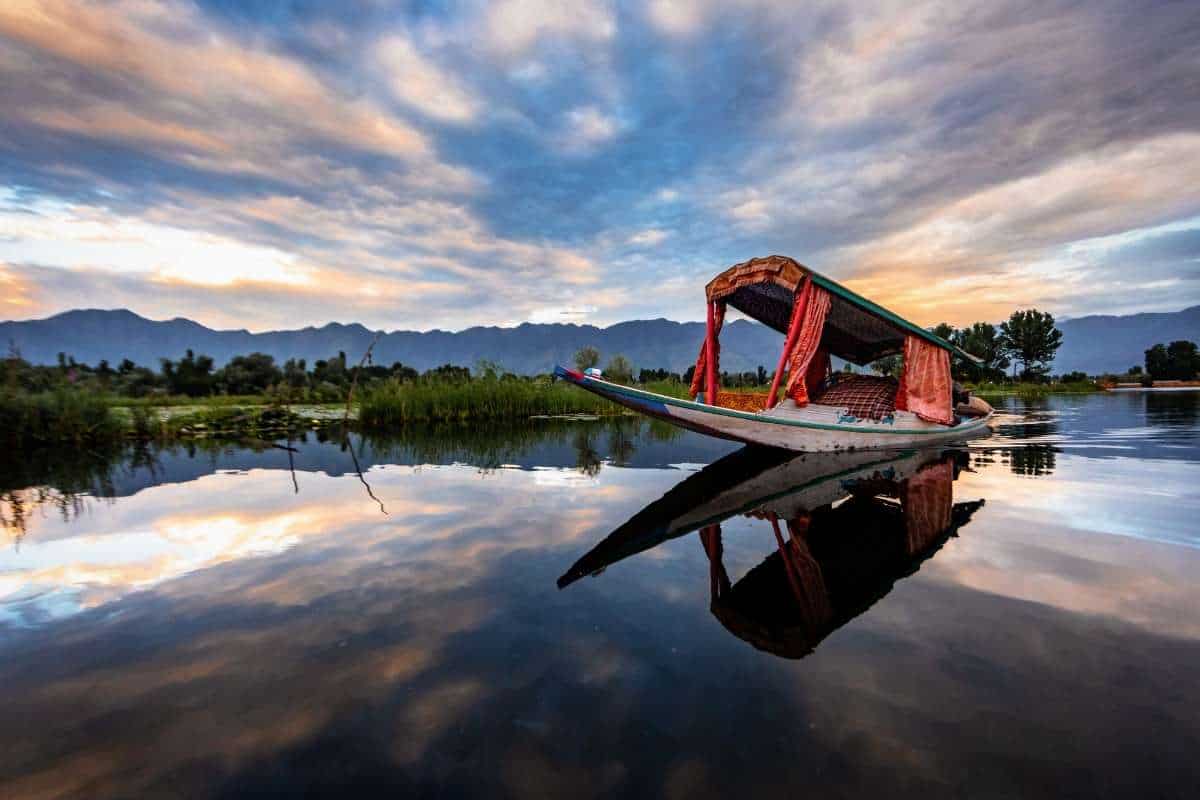
~ Shampoo was invented in India and is derived from the Sanskrit word champu, which means to ‘massage’.
~ The railway network in India extends across the country for hundreds of thousands of miles. Each day roughly 23 million passengers are transported on this extensive network!
~ India has the largest number of workers in the world and companies from around the world utilize Indians for remote work. Roughly 67% of the world’s outsourcing is done in India.
Amazing Facts About India Summary
India is a large and diverse country full of fascinating history and culture, flavorful food, a plethora of religious shrines and temples, and is the origin point of many sports, board games, mathematics, and spirituality. Even a post office is fascinating by turning it into a floating post office!
The sheer amount of people, diverse religious beliefs, and interesting food make it impossible to get all of the amazing facts about India into one blog post. But we hope that you learned at least a few interesting facts about India to impress your friends with!
Now that you’ve read the whole post, go test your knowledge in our quiz about India!
[adinserter name=”Block 1″]





